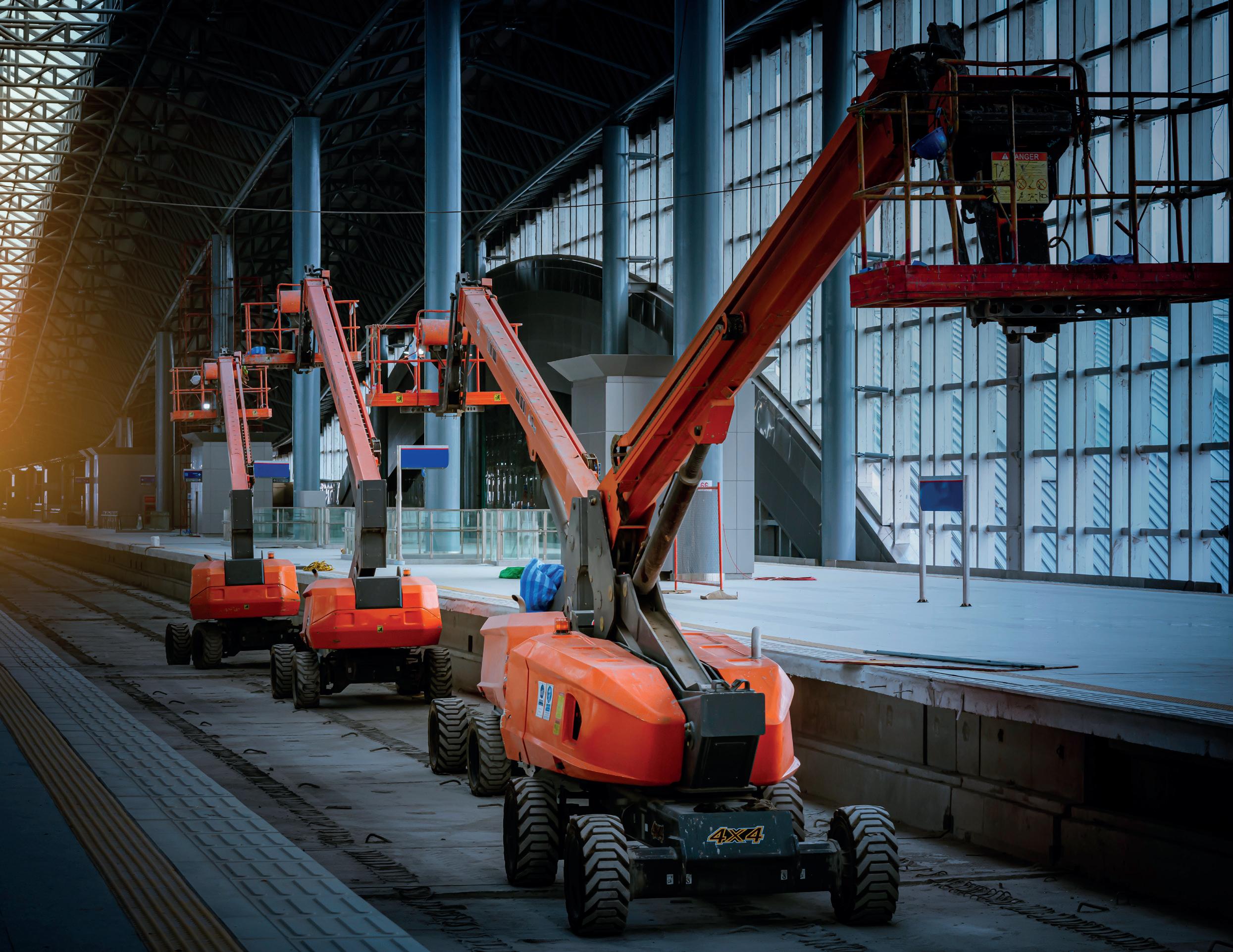
3 minute read
Foreword
No short cuts to safe powered access use
IPAF’s accident reporting project began in 2012, as an initiative of the IPAF UK Country Council, which mandated that from 2013 all UK members must report any accidents involving powered access. At that time, I was a member of the IPAF UK Country Council as a representative of an IPAF member firm, so I understand the importance of this initiative to build a valuable database of anonymised reports that we can analyse to help understand the causes of accidents in our industry.
Advertisement
In the intervening nine years, the IPAF accident reporting project has spread around the globe, with users in more than 25 countries logging incidents via a vastly improved online portal. The database has grown accordingly, affording new opportunities to produce detailed analysis that influences the safety campaigns and training programme IPAF offers in no fewer than 75 countries worldwide. While work at height using powered access is usually perfectly safe, when accidents do occur they often lead to serious injury or death. The most common causes of injuries and deaths remain falls from the platform, electrocutions, entrapment, overturns, MEWPs hit by an object or vehicle, or struck by a falling object. We tailor our safety and technical guidance, including Andy Access posters and Toolbox Talks, and our globally recognised training to address these types of accident, but of course more needs to and is being done. With the help of all those reporting and the members of the IPAF Accident Work Group of safety experts, IPAF has produced this industry-facing report, now in its second edition. It offers overview and analysis of key data trends, alongside relevant recommendations about how to mitigate the risks inherent in using different categories of powered access for a variety of tasks across a range of sectors. A common denominator always seems to be flaws in planning, either incorrectly assessing risks, inadequate allocation of trained, operators or supervisors, or incorrect machine selection.
Peter Douglas
CEO & MD of IPAF
All accidents can be avoided, if the correct steps are taken during a rigorous pre-use planning process. There simply are no short cuts to safe use of powered access.
While IPAF’s database is far more detailed and wide-ranging than it was in the early years of the project, we need to encourage more reporting from all sectors, in all countries, from operators and supervisors, service engineers, hire desk controllers, delivery drivers, health & safety supervisors and senior managers – people from all walks of powered access should feel confident to report even the most minor accidents, quickly, easily and anonymously. We also need to capture more data on near misses – for every serious accident it can be assumed there are thousands of times when a small mistake was made and acknowledged but did not lead to a serious outcome. We know it is a challenge, but that has to be the goal of the IPAF accident reporting project as it enters its second decade – to foster an industry-wide culture of reporting even the most minor incidents and near misses.
With the recently launched IPAF ePAL mobile app for operators and supervisors able to link directly into the reporting portal, we hope more operatives working across our industry will feel empowered to report all accidents, incidents and near misses. We hope this report is useful in terms of informing good planning, risk assessment and safety protocols when using powered access. I believe it confirms the importance of the IPAF reporting project in helping to keep our industry as safe as it can be. I thank all those who continue to contribute.





